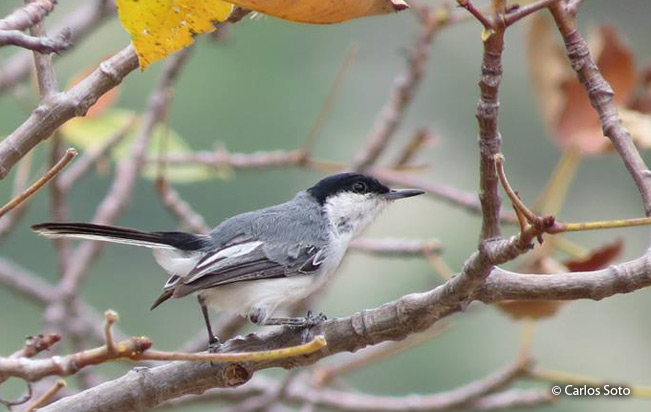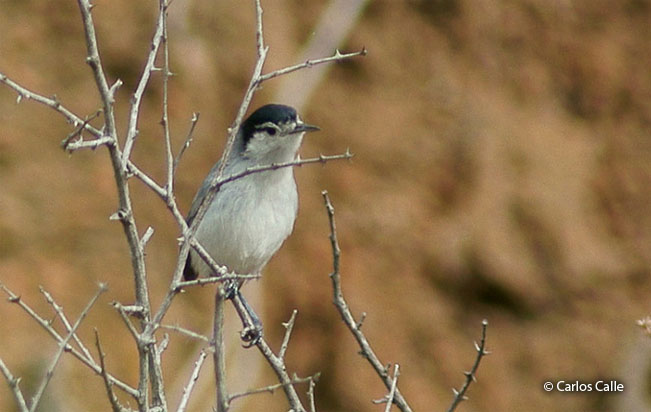Order: Passeriformes | Family: Polioptilidae | IUCN Status: Least Concern

Age: Adult | Sex: Male | Loc. San Marcos, Cajamarca

Age: Adult | Sex: Female | Loc. Corral Quemado, Cajamarca

Age: Adult | Sex: Male | Loc. Piura, Peru

Age: Adult | Sex: Female | Loc. Piura, Peru
Status: The Tropical Gnatcatcher involves several sub-species. P. p. biliniata is common in deciduous forest and scrub in northwest Peru generally below 1000 m. P. p. maior is often known as Marañon Gnatcatcher and is common in deciduous forest and scrub in the Marañon drainage to elevations reaching the 2500 m. P.p. parvirostris uncommon in forest edges, varzea forests and foothill of the Andes up to 1000 m. It also occurs in Co, Ec, Br, and Bo.
Name in Spanish: Perlita Tropical.
Sub-species: Tropical Gnatcatcher (Polioptila plumbea) (Gmelin, JF, 1788).
P. p. bilineata West of Andes, to NW La Libertad. P. p. maior upper Marañón Valley (C Amazonas S through C & E Cajamarca, E Piura and E La Libertad) in NW Peru. P. p. parvirostris East of Andes in E Ecuador, N Peru (Loreto S to N San Martín) and NW Brazil.
Meaning of Name: Polioptila: Gr. polios = gray, and ptilon= plumage. plumbea: L. plumbum, plumbeus, plumbea= lead, leaden, livid. A gray bird with the color of lead.
 Voice
VoiceReferences:
-
- Species range based on: Schulenberg, T. S., D. F. Stotz, and L. Rico. 2006. Distribution maps of the birds of Peru, version 1.0. Environment, Culture & Conservation (ECCo), The Field Museum. http://fm2.fieldmuseum.org/uw_test/birdsofperu on 10/18/2014.